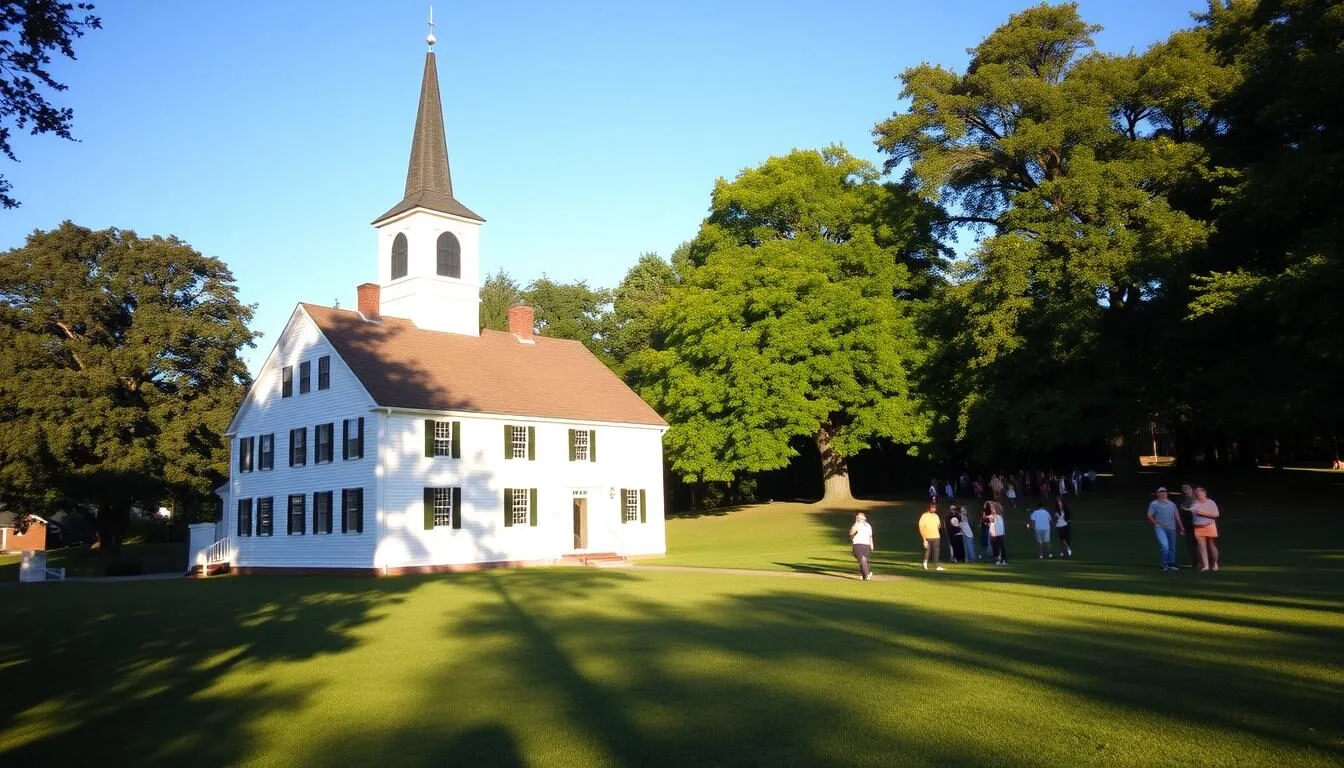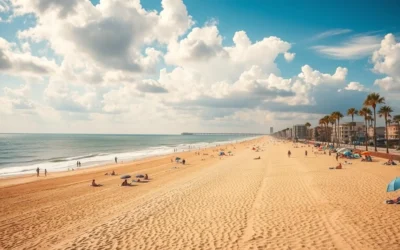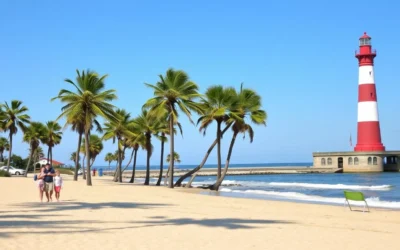You are about to step into history at America’s first permanent English settlement. With over 400 years of stories to uncover, you’ll be transported back in time.
Imagine walking in the footsteps of the early settlers who braved the unknown, and iconic figures like Pocahontas. At this historic site, you can explore the 1607 James Fort, Memorial Church, and other archaeological wonders.
As you explore, you’ll uncover a mix of hallowed historic sites, fascinating exhibits, and serene natural landscapes perfect for spotting wildlife. Whether you’re a history enthusiast or just looking for an educational adventure, you’ll find something to captivate you.
Discovering America’s First Permanent English Settlement
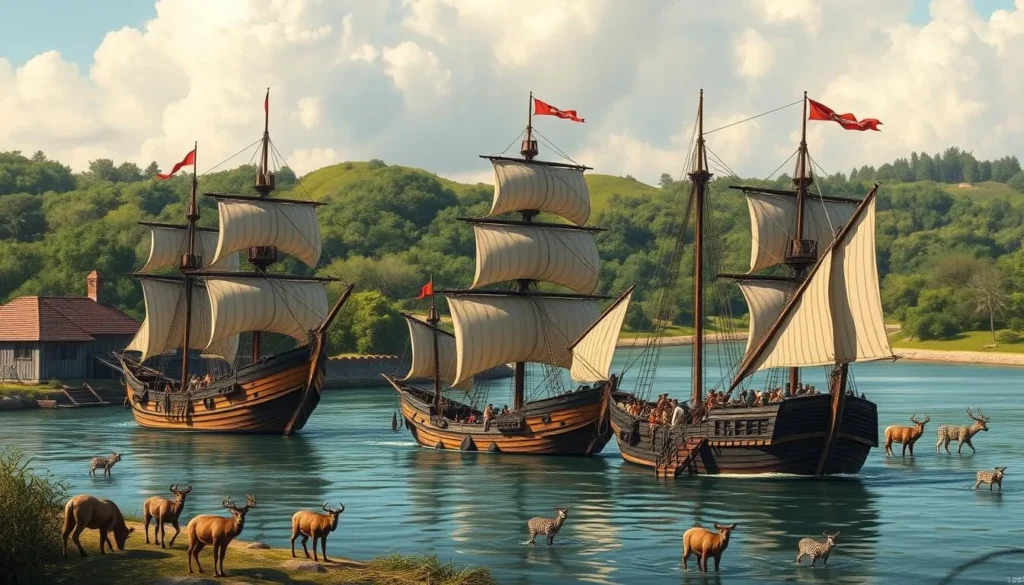
In 1607, a pivotal moment in American history unfolded with the establishment of Jamestown, the first permanent English settlement. Three English ships carrying 105 passengers arrived after a grueling four-and-a-half-month voyage across the Atlantic, marking the beginning of Jamestown’s story.
Under Captain John Smith’s leadership in 1608, the colonists struggled against starvation while developing complex relationships with the local Powhatan tribes. The settlement’s early years were marked by hardship, including the infamous “Starving Time.”
Jamestown’s history includes pivotal moments, such as the introduction of tobacco cultivation by John Rolfe and the arrival of the first enslaved Africans in 1619. Today, you can experience this rich history through Historic Jamestowne and Jamestown Settlement.
- Jamestown holds the distinction of being America’s first permanent English settlement, established in 1607.
- The settlement began with three English ships carrying 105 passengers.
- Under Captain John Smith’s leadership, the colonists fought starvation and interacted with local Powhatan tribes.
- The settlement’s early years were marked by hardship, including the “Starving Time.”
- Jamestown’s history includes the introduction of tobacco cultivation and the arrival of enslaved Africans.
Historic Jamestowne: Walking Through Original History
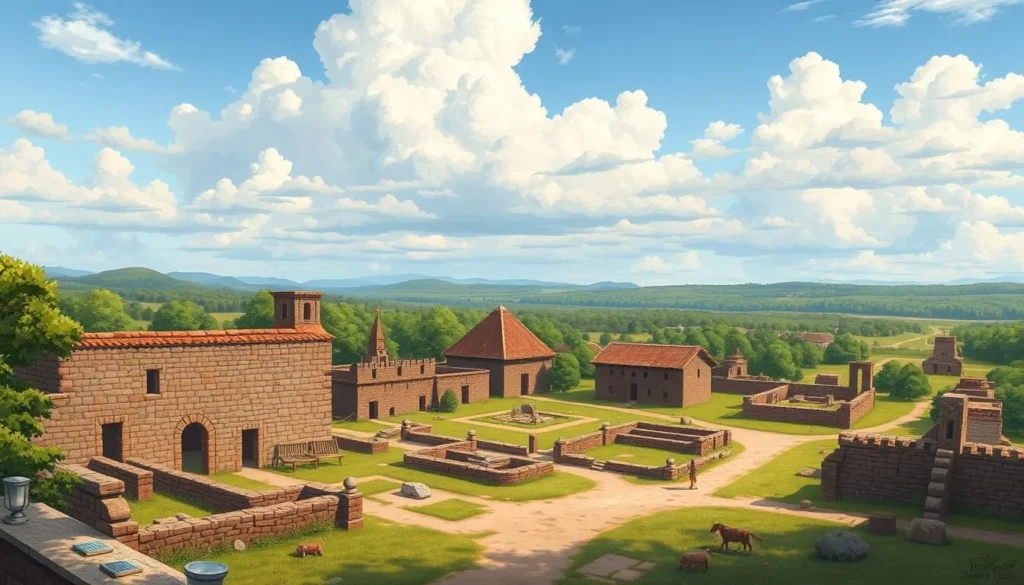
As you explore Historic Jamestowne, you’ll uncover the authentic history of the site where pivotal moments in American history took place. This US National Park is located at the original site of the 1607 Jamestown Settlement, offering a unique experience that complements a visit to Jamestown Settlement.
Historic Jamestowne is the actual site where English colonists first settled in 1607, now preserved as part of the Colonial National Historical Park. Unlike recreated historical sites, it offers an authentic experience, allowing you to walk the same ground where significant events occurred.
The ongoing archaeological work continues to uncover new insights into early colonial life, with over three million artifacts discovered since excavations began in the 1990s. You can witness “history being unearthed” as archaeologists continue their work, revealing “The Buried Truth” about life in early Jamestown.
A visit to Historic Jamestowne, a national park, provides a comprehensive understanding of America’s beginnings through both authentic archaeological sites and living history interpretations. Guided tours led by historians and archaeologists offer expert insights into the settlement’s significance and ongoing discoveries.
Explore the 1607 James Fort Site

Step into the historic James Fort site, where the foundations of America were laid over 400 years ago. The James Fort site represents the heart of the original 1607 settlement, where Captain John Smith, Pocahontas, John Rolfe, and other key historical figures once walked.
As you explore the triangular fort that the settlers hastily constructed for protection after being attacked by Powhatan Indians, you’ll gain a deeper understanding of the challenges they faced. The Jamestown Rediscovery archaeological project has been excavating the fort site since the 1990s, unearthing millions of artifacts that provide insights into the settlers’ daily lives and history.
- The site includes statues of Captain John Smith and Pocahontas, helping visitors visualize these historical figures whose stories have become legendary in American history.
- As you walk through the fort site, you’ll see excavated areas revealing remnants of original structures and features that have survived for over 400 years, offering a unique experience.
- Archaeological work continues at the fort site, meaning each visit might offer new discoveries and insights that weren’t available before.
Visit the Memorial Church and Sacred Grounds
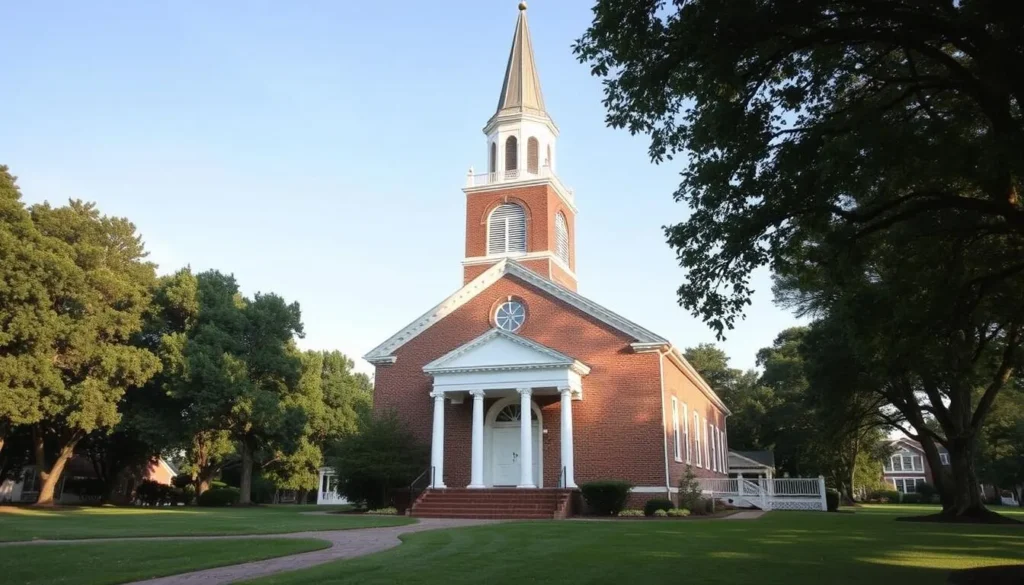
As you step into the Memorial Church, you’re walking in the footsteps of history. This historic site is where the first representative legislative assembly in the New World met in 1619.
The current church, built in 1907, stands on the original foundation and incorporates the 1680s church tower, one of the few remaining 17th-century structures at Jamestown. Inside, glass floor panels offer a glimpse into the past, revealing the original church foundations.
The church grounds are home to numerous burial sites, including the ornate Knight’s Tomb, believed to contain the remains of Sir George Yeardley, an early governor. Plaques and memorials throughout the church commemorate key figures and events in Jamestown’s history, making it a significant place to visit at Historic Jamestowne.
Witness Archaeology in Action
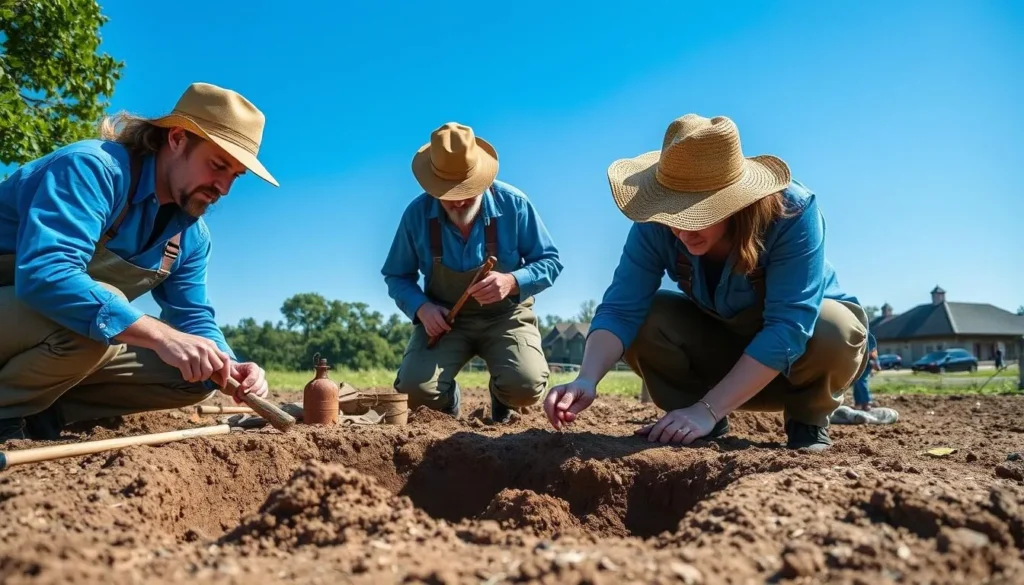
At Historic Jamestowne, you can experience the thrill of discovery firsthand by witnessing archaeology in action. The Jamestown Rediscovery archaeological team works on weekdays from 9 a.m. to 4 p.m., weather permitting, allowing you to observe their meticulous work up close.
One of the most unique aspects of visiting Historic Jamestowne is the opportunity to witness archaeology in action as excavations continue to uncover new artifacts and insights. You can ask questions to archaeologists about their work, the techniques they use, and the significance of their findings, creating an interactive educational experience.
The discoveries made at Jamestown continue to reshape our understanding of early colonial life. After watching the excavations, you can see the recovered artifacts on display at the Archaearium museum, connecting the archaeological process to the historical narrative.
Jamestown Settlement: Living History Experience
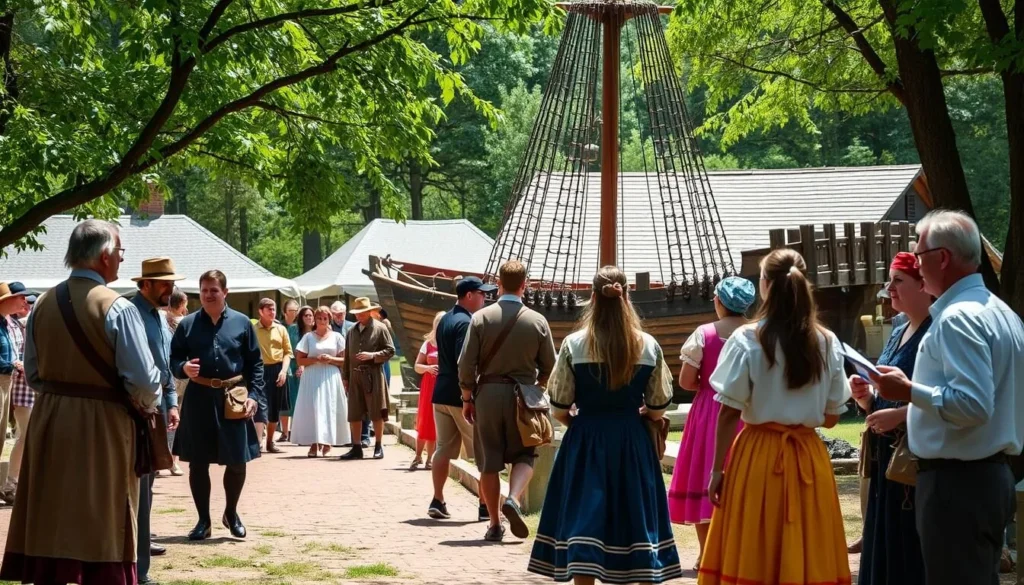
Step into history at Jamestown Settlement, where the story of America’s first permanent English settlement unfolds through immersive exhibits and living history demonstrations. The Jamestown Settlement is a reconstruction of the fort, located away from the original historical site, offering a unique and complementary experience to Historic Jamestowne.
The outdoor living museum features colonial interpreters who engage with visitors, sharing insights into their settlement while demonstrating traditional trades. The Powhatan Indian Village is another highlight, where interpreters showcase their village, canoes, and way of life, providing a richer understanding of the historical context.
Explore the Reconstructed Ships: Outside the museum, you’ll find three rebuilt ships that sailed to Jamestown over 400 years ago. You can climb aboard the Susan Constant and explore the sea life, gaining a deeper appreciation for the challenges faced by the early settlers.
The indoor Jamestown museum is equipped with state-of-the-art exhibits, artifact displays, and two films that provide context for the outdoor living history areas. The museum’s comprehensive exhibits cover not just the English perspective but also the experiences of the Powhatan Indians and the first Africans who arrived in 1619, offering a more nuanced understanding of Jamestown’s history.
- Jamestown Settlement offers a complementary experience to Historic Jamestowne, with its reconstructed fort, ships, and Powhatan village bringing history to life through immersive exhibits and living history demonstrations.
- Unlike Historic Jamestowne, which focuses on archaeology and the original site, Jamestown Settlement recreates the historical environment with meticulous attention to detail based on archaeological and historical research.
- Living history interpreters in period costume demonstrate colonial crafts, military drills, cooking techniques, and other aspects of daily life, creating an interactive educational experience.
- The museum’s exhibits cover not just the English perspective but also the experiences of the Powhatan Indians and the first Africans who arrived in 1619, providing a more complete historical picture.
Step Back in Time at the Powhatan Indian Village

Immerse yourself in the rich history of the Powhatan Indian Village at Jamestown Settlement. The village is a faithful recreation based on archaeological findings from the Paspahegh tribe, part of the powerful Powhatan chiefdom.
As you explore the village, you’ll see reed-covered houses called yehakins, traditional garden plots, and work areas where various crafts take place. Costumed interpreters demonstrate traditional skills like cooking and pottery making, giving you a glimpse into life in a 17th-century Powhatan village.
This experience helps you understand the complex relationship between the Powhatan people and English settlers, showing the sophisticated culture that existed before European contact. You’ll gain insight into the Powhatan way of life and appreciate their perspective on the arrival of English settlers.
Board the Historic Ship Replicas
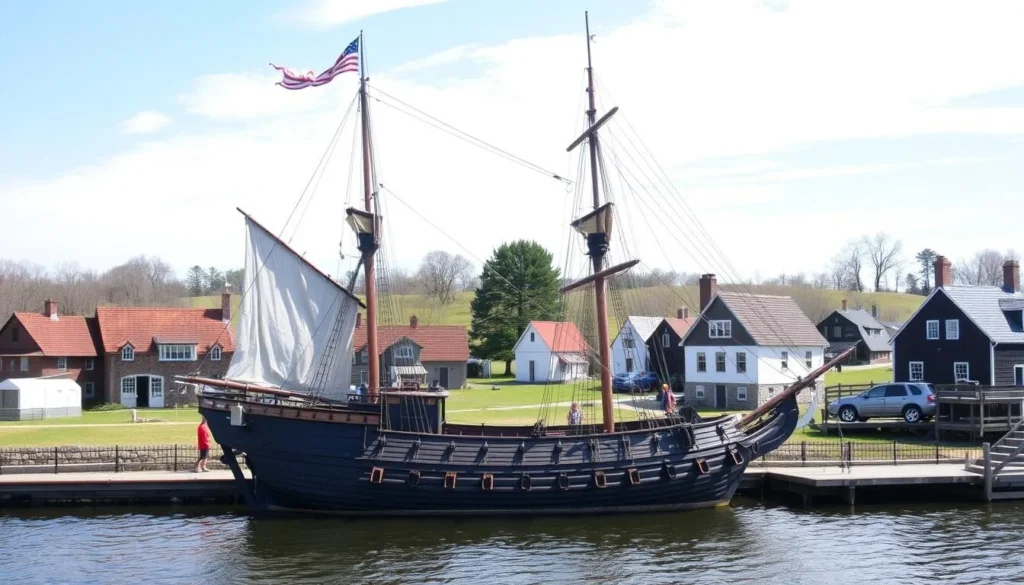
At Jamestown Settlement, you can explore full-size replicas of the Susan Constant, Godspeed, and Discovery. These ships brought the first English settlers to Virginia in 1607. The meticulously recreated vessels provide a unique experience of the cramped and challenging conditions the 104 original colonists endured during their four-and-a-half-month voyage across the Atlantic.
You can explore the ships’ decks, cargo holds, and cramped living quarters, gaining a physical understanding of the journey. Costumed interpreters portraying sailors demonstrate navigation techniques and other maritime skills. The largest ship, Susan Constant, was 116 feet long, while the tiny Discovery measured just 38 feet.
As you stand on the deck, you can imagine the mix of hope, fear, and determination the settlers felt as they approached this unfamiliar land. The ship replicas offer a glimpse into life at sea during the Age of Exploration, making it a great way to connect with history.
Experience Colonial Trades and Living History

Step into the past and experience the trades that shaped life in early Jamestown. At the Jamestown Settlement, you can explore the recreated 1610 fort and learn how the settlers made it their home.
Inside the fort, costumed interpreters demonstrate the trades and skills essential to the colony’s survival and development, giving you a glimpse into the living history of the area. You’ll see the blacksmith’s forge come alive with the sounds of hammering and the glow of hot metal as interpreters craft tools and other essential items using 17th-century techniques.
The carpenter’s area is another highlight, where you can watch as wooden beams are shaped into buildings and furniture using period tools. Military interpreters also demonstrate the loading and firing of muskets and cannons, explaining how the settlers defended themselves.
In the kitchen and garden areas, interpreters prepare meals using period recipes and ingredients, showing how colonists adapted English cooking traditions to the available resources in Virginia, revealing the way they lived.
These demonstrations at the Jamestown Settlement provide insights into the technological, economic, and social aspects of early colonial life, making for an engaging and educational experience.
Explore the Glasshouse and Early American Crafts
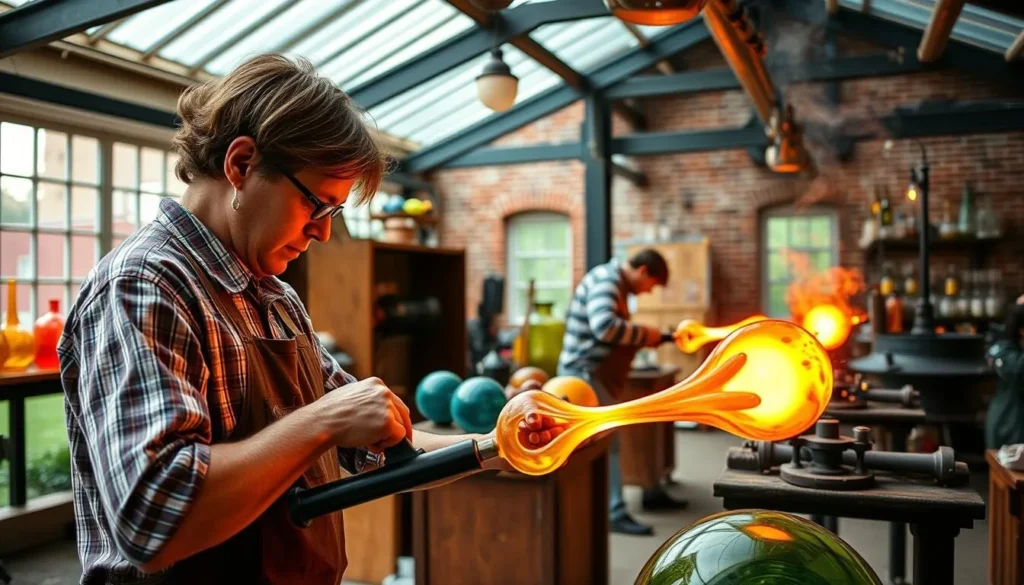
Discover the art of early American glassmaking at the Glasshouse in Historic Jamestowne. The Glasshouse showcases one of America’s first industries, established in 1608 to create profitable exports for the struggling colony. Skilled artisans demonstrate the ancient art of glassblowing using techniques that have changed little since Roman times.
Visitors can watch as glowing molten glass is gathered on blowpipes, inflated with human breath, and skillfully shaped into various items. The original glasshouse was built near James Fort, taking advantage of the abundant sand, ash, and timber needed for glass production. Handcrafted glass items made on-site are available for purchase in the gift shop.
Take a Scenic Drive on Island Drive
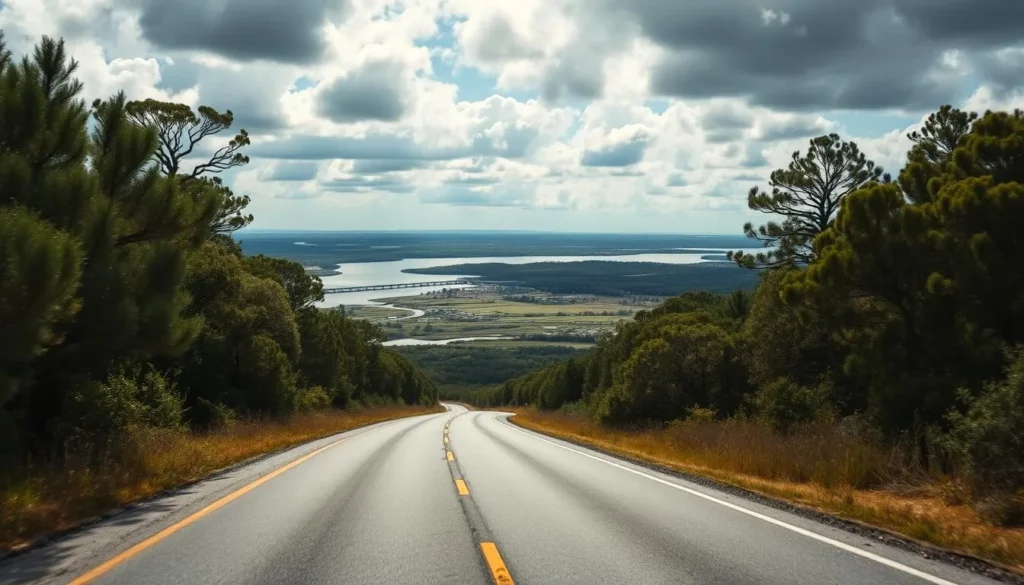
Take a journey through time on Island Drive, where the scenery has remained largely unchanged since the early 17th century. As you drive along this scenic route, you’ll witness the island’s diverse ecosystems, including expansive marshes and dense woods, home to a variety of wildlife such as bald eagles and migratory birds.
The paved road features both three-mile and five-mile loops, accessible by car, bicycle, or on foot, offering different perspectives on the island’s natural beauty and historical significance. Along the way, convenient pull-outs with interpretive signage provide insights into the island’s history and cultural significance.
One of the highlights of Island Drive is the stop at Black Point, where a short walking trail leads to spectacular views of the James River. This vantage point helps you understand why the colonists chose this location for their settlement. The island’s natural area has recovered significantly since colonial times, offering a glimpse into the past.
Before you visit, check the official website to ensure that Island Drive is open, as it may be closed seasonally for repairs or to protect wildlife.
Best Places to Eat Near Jamestown

When visiting Jamestown, there are several excellent choices for dining in and around the area. Although the Dale House Café at Historic Jamestowne is currently closed for renovations until 2025, you can still enjoy a meal at the Jamestown Settlement’s café, which offers a variety of sandwiches, salads, and snacks.
For a more substantial meal, consider visiting Colonial Williamsburg, just a 15-minute drive away, where you can experience historic dining in authentic settings. Alternatively, there are casual dining options available along Jamestown Road and in nearby Williamsburg, ranging from family-friendly restaurants to quick-service establishments, making it a great place to refuel during your trip.
Packing a picnic lunch is also a viable option, with picnic tables available near the Visitor Center parking lot. Just remember to follow the “Leave No Trace” rule by discarding all your trash and leaving your lunch spot better than you found it.
Practical Information for Your Jamestown Visit
As you plan your trip to Jamestown, Virginia, understanding the practical information is crucial for a smooth and enjoyable experience. To make the most of your visit, it’s essential to know the details about tickets, timings, and accessibility.
Tickets and Admission Prices
Historic Jamestowne is managed by two organizations: Preservation Virginia and the National Park Service. You’ll need to purchase tickets for both locations. Adult admission costs $15 each, while children’s tickets are $5 (children under 15 are free for National Park Service properties). Consider purchasing a combination ticket that includes Jamestown Settlement and the American Revolution Museum at Yorktown for significant savings.
Best Time to Visit
The best times to visit Jamestown are spring (April-May) and fall (September-October) when the weather is pleasant and crowds are smaller. Summer visits offer the fullest schedule of living history demonstrations, but come with larger crowds and hot weather.
Accessibility Information
Both Jamestown Settlement and Historic Jamestowne offer varying levels of accessibility. Jamestown Settlement is fully wheelchair accessible, while Historic Jamestowne has some unpaved paths. Start your visit at the respective Visitor Centers to get oriented and learn about any special programs.
Jamestown, Virginia: Best Things to Do – Top Picks for Families
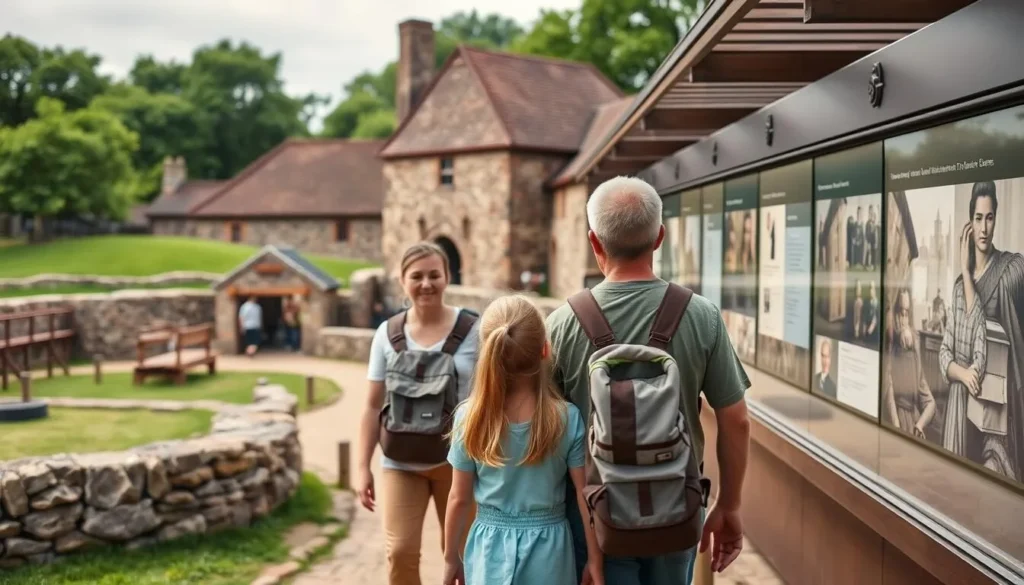
Jamestown offers a range of family-friendly attractions that bring history to life for children of all ages. The Jamestown Settlement is particularly noteworthy, with its hands-on activities and engaging presentations designed to make history accessible and interesting for visitors of all ages.
Engaging Activities for Children: Families visiting Jamestown will find plenty of engaging activities designed specifically with children in mind. At Jamestown Settlement, children can try on armor, grind corn using traditional tools, or help with tasks in the Powhatan village. The replica ships are also a hit with kids, who enjoy exploring the decks, cabins, and cargo holds.
Interactive Experiences: Living history interpreters at both Jamestown Settlement and Historic Jamestowne are skilled at engaging children with age-appropriate explanations and demonstrations. Historic Jamestowne offers a Junior Ranger program, where children can complete activity booklets to earn badges, and the Archaearium displays artifacts in child-friendly ways.
When planning your visit, consider your children’s ages and interests. Both sites offer special family-oriented programs during school holidays and summer months, including storytelling sessions and guided tours designed for children.
Nearby Attractions Worth Visiting
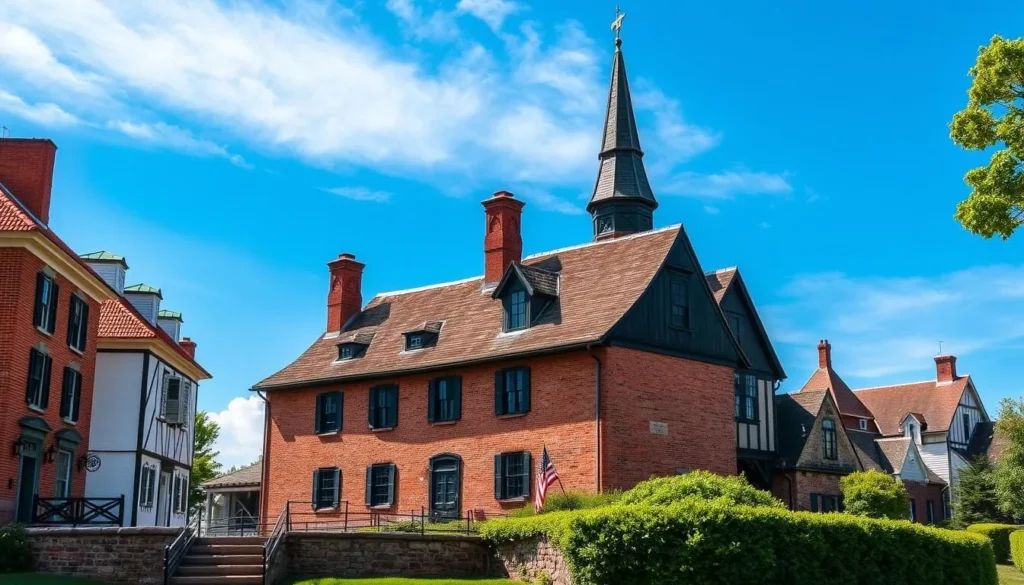
The Historic Triangle of Virginia is home to numerous attractions that complement your visit to Jamestown, providing a more comprehensive historical experience. You can explore several world-class sites within a short drive.
- Colonial Williamsburg: Experience life in Virginia’s colonial capital with over 300 acres of restored buildings and immersive historical experiences.
- The American Revolution Museum at Yorktown: Discover the story of America’s founding through interactive exhibits and outdoor living history areas.
- Yorktown Battlefield: Visit the site of the decisive 1781 siege that ended the Revolutionary War, with ranger-led tours and original earthworks.
- Busch Gardens Williamsburg: Enjoy a European-themed amusement park with world-class roller coasters and entertainment.
These nearby attractions offer a mix of history, education, and fun, making your trip to Jamestown even more memorable.
Planning Your Perfect Jamestown Itinerary
To truly appreciate the significance of Jamestown, it’s essential to plan your visit carefully, considering the time you have and the sites you wish to see. Creating the perfect Jamestown itinerary depends on your interests, available time, and whether you’re focusing solely on Jamestown or exploring the entire Historic Triangle.
For a comprehensive experience, consider starting at Historic Jamestowne in the morning to explore the archaeological site, then visit Jamestown Settlement in the afternoon for the living history exhibits. If you have more time, a three-day Historic Triangle itinerary could include one day at Jamestown, one day at Colonial Williamsburg, and one day at the American Revolution Museum at Yorktown and Yorktown Battlefield.
Using Williamsburg as your home base allows for quick day trips to these historical sites. Be sure to check official websites for special events and plan your trip accordingly to enhance your American History experience.
